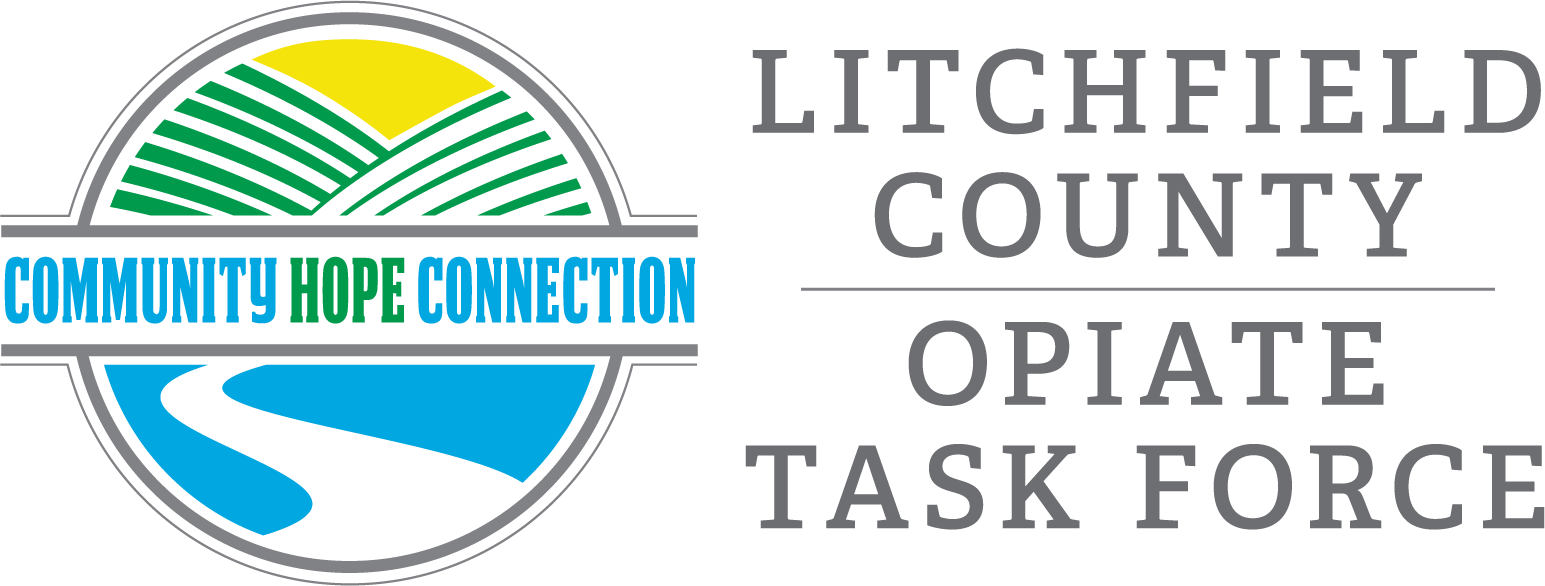We’re glad you’re taking steps to make a difference in the overdose crisis. Naloxone is a life-saving tool, and by aquiring a kit through our community access points, you’re empowering yourself and others to respond to opioid overdoses. On this page, you’ll find everything you need to know about how to properly administer naloxone, report a naloxone reversal, and access new kits after use. Together, we can save lives and support our community.
Naloxone Access
Have you used your naloxone kit to respond to an overdose? Help support our initiative by logging the overdose reversal through this form. No personal information is being collected!
How to Administer Naloxone (Narcan)
SIGNS OF AN OPIOID OVERDOSE:
- Pinpoint pupils
- Slow or shallow breathing
- Choking, gurgling, or snoring sounds
- Loss of consciousness
- Blue or purple lips or fingernails
- Unresponsive to loud noises or shaking
HOW TO ADMINISTER NALOXONE:
- Check for signs of an overdose (listed above) and dial 911.
- While the call is in progress, place the individual on their back and place a hand behind the back of their neck to slightly tilt it and open their airways.
- Open one package containing Naloxone and proceed to administer the nasal spray.
- Place the tip of the nozzle in one nostril until your fingers touch the bottom part of the individual’s nose.
- Press the plunger firmly to release the dose and then remove the applicator.
- Move the person to their side (recovery position) and wait 2-3 minutes.
- If the person is still unresponsive after this time, place them on their back again, administer the second dose of Naloxone in the same manner as the first dose, then place the person back on their side.
- During this time, remain calm and wait for first responders to arrive.
If you are comfortable to do so, please administer rescue breathing after each dose of naloxone. Respiratory assistance is critical, especially given the increasing presence of sedatives in the drug supply.
To administer rescue breathing:
- Position the Person
- Lay the person on their back on a flat surface.
- Tilt the head back slightly to open the airway and lift the chin.
- Check for Breathing
- Look, listen, and feel for breathing for about 5-10 seconds.
- If they are not breathing or breathing is very slow/shallow, begin rescue breathing.
- Give Rescue Breaths
- Pinch the nose shut.
- Place your mouth over their mouth to make a seal.
- Give 1 breath every 5 seconds (12 breaths per minute).
- Each breath should make the chest rise visibly.
- Continue Rescue Breathing
- Keep giving rescue breaths until:
- The person starts breathing on their own,
- They regain consciousness, or
- Emergency medical help arrives.
- Keep giving rescue breaths until:
Frequently Asked Questions
How can I tell if someone needs naloxone?
Signs of an opioid overdose include unresponsiveness, shallow or no breathing, pinpoint pupils, and a blue or grayish color to the skin, especially around the lips and nails. If you suspect an overdose, administer naloxone and call 911 immediately.
How long does naloxone take to work?
Naloxone usually takes effect within 2-3 minutes after administration. If there’s no response after 3 minutes, a second dose may be necessary. Please note that with the current changes in the drug supply, including the presence of xylazine, someone may not become fully alert after naloxone is administered. It is important to monitor for them to begin breathing and seek emergency medical attention.
Will the Naloxone wear off?
Naloxone’s effects can wear off before the opioids are fully out of the person’s system, but it buys critical time to get emergency medical help. It’s important to call 911 immediately after administering naloxone.
What if I administer Naloxone to someone who isn't overdosing?
Naloxone is safe and only affects people who have opioids in their system. If someone is not experiencing an opioid overdose, naloxone will not harm them.
How long until my naloxone expires?
The FDA has extended naloxone shelf life to 4 years. It is suspected that the shelf life of naloxone is even longer, some studies demonstrating even up to 7 years.
Can I carry naloxone with me?
Absolutely! Naloxone is legal to carry and is available in Connecticut without a prescription. Carrying naloxone can make you ready to save a life whenever and wherever it’s needed.
What is the Good Samaritan Law, and how does it protect people who administer naloxone in Connecticut?
Connecticut’s Good Samaritan Law provides legal protection to individuals who administer naloxone in good faith during an opioid overdose emergency. This law encourages people to take life-saving actions without fear of legal repercussions. Specifically, it protects both the person administering naloxone and the overdose victim from being arrested or prosecuted for drug possession if they are found with small amounts of drugs or paraphernalia at the scene. The primary goal is to ensure that people feel safe calling 911 and using naloxone to save lives without hesitation.
Can naloxone be used on children and pets?
Yes, naloxone can be safely used on children and pets if they are experiencing an opioid overdose. The dosing might differ, so it’s important to seek immediate medical attention after administering it.
Where should I keep my naloxone?
Keep it where you can access it quickly in the event of an overdose emergency. It is recommended to keep naloxone at room temperature, but temperature variation doesn’t render naloxone inactive.
How to use fentanyl test strips
I am text block. Click edit button to change this text. Lorem ipsum dolor sit amet, consectetur adipiscing elit. Ut elit tellus, luctus nec ullamcorper mattis, pulvinar dapibus leo.
How to use xylazine test strips
I am text block. Click edit button to change this text. Lorem ipsum dolor sit amet, consectetur adipiscing elit. Ut elit tellus, luctus nec ullamcorper mattis, pulvinar dapibus leo.
